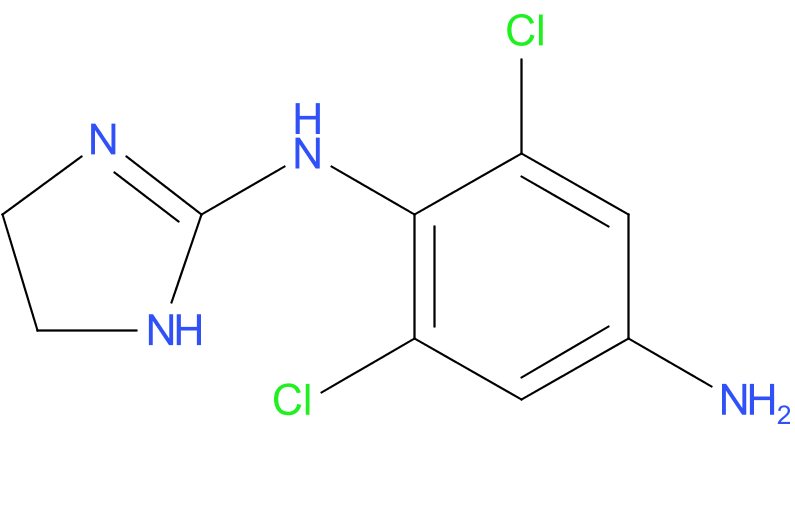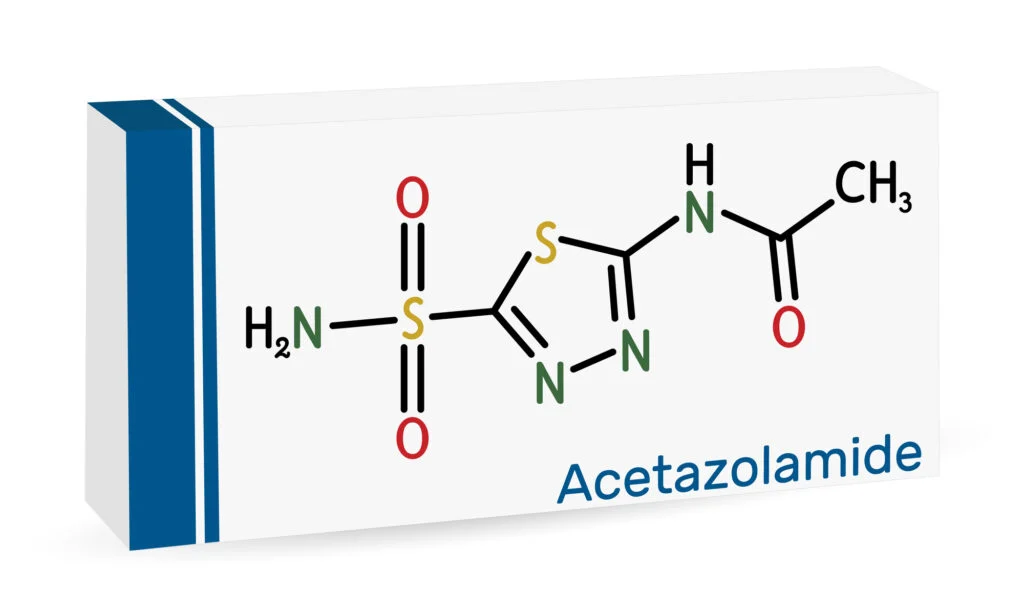Essential Treatments to Lower Eye Pressure
Medications are often the first line of treatment for glaucoma, a condition marked by high intraocular pressure (IOP) that can damage the optic nerve and lead to vision loss. While there is no cure for glaucoma, medication can effectively control eye pressure, slow disease progression, and preserve vision. This article explores the various medications available, including eye drops, pills, and other substances used to manage glaucoma.
How Glaucoma Medications Work
The goal of glaucoma medication is to lower IOP by either decreasing the production of aqueous humor (the fluid in the eye) or increasing its outflow. Glaucoma medications generally fall into several categories based on their mechanism of action. Eye drops are the most commonly prescribed form, but pills may also be used when additional pressure reduction is needed.
Types of Glaucoma Eye Drops
Prostaglandin Analogues: These drops are often the first choice for glaucoma treatment. Prostaglandin analogues, like latanoprost (Xalatan), bimatoprost (Lumigan), and travoprost (Travatan Z), increase the outflow of aqueous humor through the uveoscleral pathway, effectively lowering IOP. They are typically applied once a day and have few systemic side effects. Common side effects may include mild eye redness or changes in eye color.
Beta Blockers: Beta-blockers, such as timolol (Timoptic) and betaxolol (Betoptic), work by reducing aqueous humor production.

Beta blockers have been widely used for decades and are usually applied twice a day. Although effective, they may cause systemic side effects like fatigue, slow heart rate, or breathing issues. They are prescribed with caution for patients with asthma or certain heart conditions.
Alpha Agonists: Alpha agonists, such as brimonidine (Alphagan P) and apraclonidine (Iopidine), decrease aqueous humor production and increase its outflow. They are often prescribed as second-line treatments or in combination with other medications. Side effects may include dry mouth, fatigue, or eye redness.
Carbonic Anhydrase Inhibitors: These drops, like dorzolamide (Trusopt) and brinzolamide (Azopt), reduce aqueous humor production. They are commonly used as second-line agents in combination therapy for better IOP control. These drops may cause a stinging sensation upon application and may also be available as pills for additional pressure reduction.
Rho Kinase Inhibitors: This newer class, including netarsudil (Rhopressa), targets the trabecular meshwork to increase outflow. Rho kinase inhibitors are used in combination with other medications. Additionally, they have been shown to be effective for some patients who are unresponsive to traditional treatments. Mild eye redness is a common side effect.
Combination Eye Drops
Combination eye drops, such as Cosopt (dorzolamide and timolol) and Combigan (brimonidine and timolol), provide the benefits of multiple medications in one solution. These drops are convenient for patients requiring multiple treatments and simplify the dosing regimen, improving adherence.
Oral Medications for Glaucoma
When eye drops alone are insufficient to control IOP, oral carbonic anhydrase inhibitors, like acetazolamide (Diamox) or methazolamide (Neptazane), may be prescribed. These drugs reduce aqueous humor production but are usually used for short-term pressure control due to potential systemic side effects. These include fatigue, nausea, and kidney stones.
Advances in Glaucoma Medication
Research is ongoing to improve glaucoma treatments, with new medications and delivery methods continually being explored. For example, sustained-release delivery systems, including biodegradable implants and injectable medications, offer longer-lasting results and could reduce the need for daily drops.
The Importance of Adherence in Glaucoma Medication
Medication remains a vital tool in glaucoma management, but it’s only effective when taken consistently. Patients should work closely with their eye care professionals to find the right medication, manage side effects, and develop a routine for consistent use. By adhering to prescribed treatments, individuals with glaucoma can significantly reduce their risk of vision loss and maintain their quality of life.


